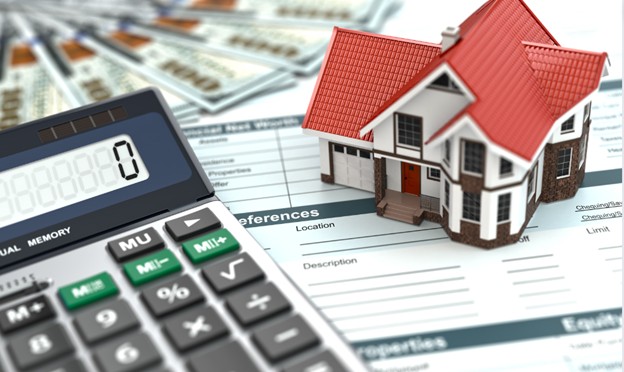 Knowing how to calculate mortgage payments can help you plan for homeownership and budget effectively. Several factors determine your monthly payment, including the loan amount, interest rate, and loan term. Here’s a step-by-step guide to understanding the process.
Knowing how to calculate mortgage payments can help you plan for homeownership and budget effectively. Several factors determine your monthly payment, including the loan amount, interest rate, and loan term. Here’s a step-by-step guide to understanding the process.
Key Factors in Mortgage Payment Calculation
Loan Amount – This is the total amount borrowed after the down payment. For example, if you’re purchasing a $300,000 home with a 20 percent down payment ($60,000), your loan amount would be $240,000.
Interest Rate – The cost of borrowing, expressed as a percentage. For example, a 4 percent annual interest rate means you’ll pay 4 percent of the remaining loan balance each year.
Loan Term – The length of time you will repay the loan. A 30-year mortgage means 360 monthly payments (30 years x 12 months).
Mortgage Payment Formula
The standard formula for calculating a fixed-rate mortgage payment is:
M = P [ i(1 + i)^n ] / [ (1 + i)^n – 1]
Where:
M = Monthly mortgage payment
P = Loan amount
i = Monthly interest rate (annual rate divided by 12)
n = Loan term in months
By substituting your specific loan details into this formula, you can determine your monthly payment.
Using a Mortgage Calculator
If you prefer a simpler approach, online mortgage calculators can quickly estimate your monthly payment. These tools allow you to adjust variables like the interest rate, down payment, and loan term to see how they affect your payments.
To use a mortgage calculator effectively:
• Enter your loan amount, interest rate, and loan term.
• Adjust inputs to compare different scenarios, such as increasing your down payment or choosing a shorter loan term.
• Ensure the estimated payment fits within your budget.
Once you have a payment estimate, consult a mortgage professional to explore your options. They can provide details on loan programs, closing costs, and pre-approval to help you move forward with confidence.

 When buying a home, one of the most critical factors is determining how much you can borrow through a mortgage. Lenders evaluate multiple financial aspects to assess your borrowing capacity. Here’s what they consider:
When buying a home, one of the most critical factors is determining how much you can borrow through a mortgage. Lenders evaluate multiple financial aspects to assess your borrowing capacity. Here’s what they consider: Deciding to finance a new home can be exciting, and because of that buyers tend to want to jump right in. Not so fast! Before you start searching for your dream home, you need to get pre-approved and that means applying for a loan. You will need to get things in order by deciding how much home you can afford, mapping out your expenses, gathering all of your documents and then start looking for a lender that can help you decide what loan is best for you.
Deciding to finance a new home can be exciting, and because of that buyers tend to want to jump right in. Not so fast! Before you start searching for your dream home, you need to get pre-approved and that means applying for a loan. You will need to get things in order by deciding how much home you can afford, mapping out your expenses, gathering all of your documents and then start looking for a lender that can help you decide what loan is best for you. Buying a home is one of the biggest financial decisions you’ll ever make. While it’s an exciting milestone, the mortgage process can be complex, and simple mistakes can cost you thousands of dollars or even derail your homeownership dreams. To ensure a smooth home-buying journey, here are some of the most common mortgage pitfalls—and how to avoid them.
Buying a home is one of the biggest financial decisions you’ll ever make. While it’s an exciting milestone, the mortgage process can be complex, and simple mistakes can cost you thousands of dollars or even derail your homeownership dreams. To ensure a smooth home-buying journey, here are some of the most common mortgage pitfalls—and how to avoid them. When you’re ready to buy a home, one of the first steps is securing a mortgage. While many people simply turn to their current bank for a loan, there are other options to consider that might provide better rates and terms for your situation.
When you’re ready to buy a home, one of the first steps is securing a mortgage. While many people simply turn to their current bank for a loan, there are other options to consider that might provide better rates and terms for your situation.